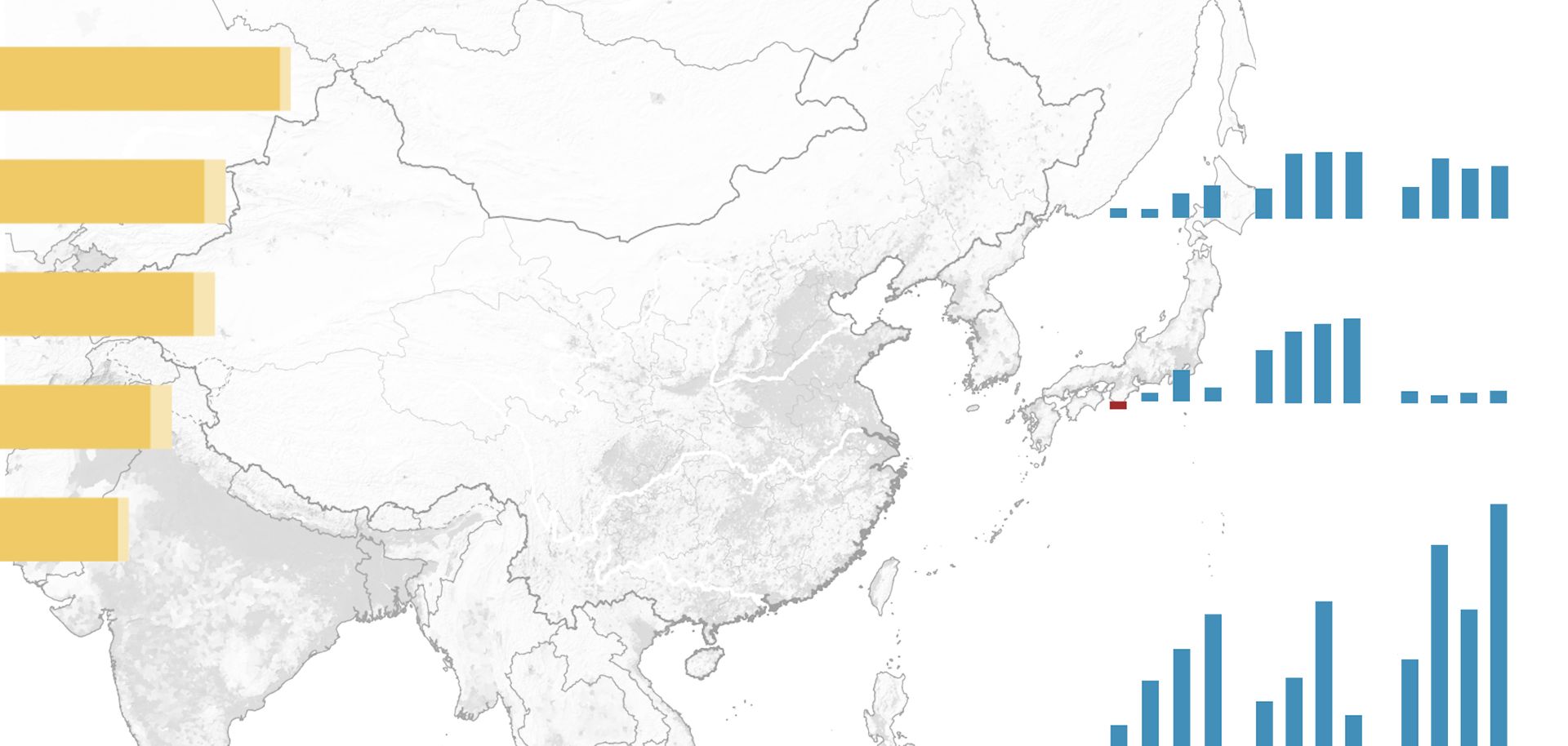
News agencies the world over have reported that Osama bin Laden was killed May 2 in his compound in Abbottabad, Pakistan. In actuality, the compound is located in Abbottabad district in a town called Bilal, about 2.5 kilometers (1.6 miles) northeast of the Abbottabad city center and 1.3 kilometers from the Pakistan Military Academy in Kakul, a juxtaposition that has garnered comparisons to West Point, New York. Bilal, however, is more akin to Colorado Springs, Colo., the less-accessible home of the U.S. Air Force Academy. While a secure and peaceful mountain town seems like an unlikely place to find bin Laden, Abbottabad has long served as a militant transit hub. In the last year alone, another al Qaeda network was discovered in the town when a postal clerk in Abbottabad was found to be coordinating transport for foreign militants. Moreover, a large amount of suspicious activity was reported about the bin Laden compound over the years, though no local residents claimed to know he was there. Geography alone does not explain why al Qaeda chose to relocate bin Laden where it did, or why bin Laden risked living in the same place for so long. This raises an important: Which current or former intelligence officers created a fiefdom in Abbottabad where they could ensure the safety of al Qaeda operatives.


